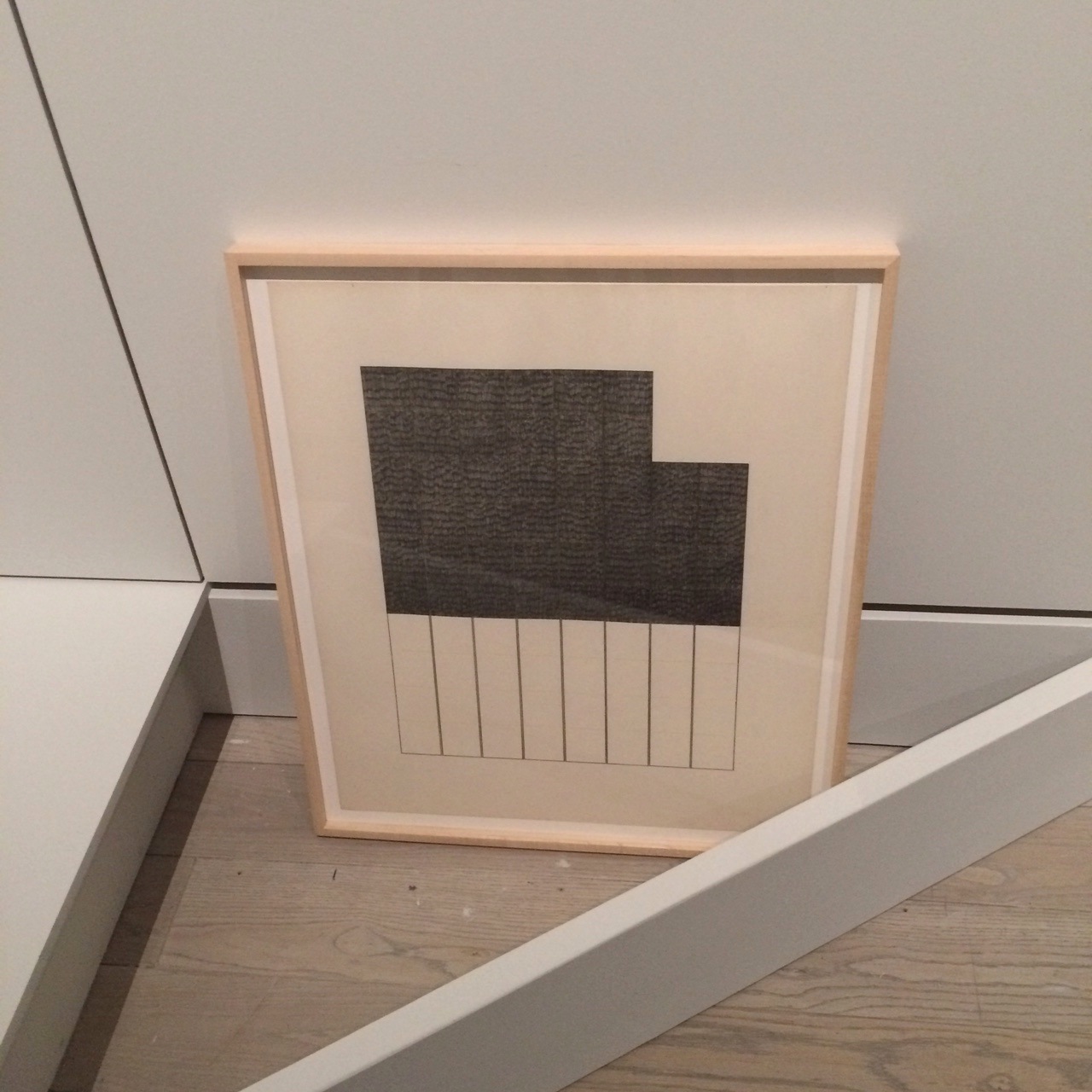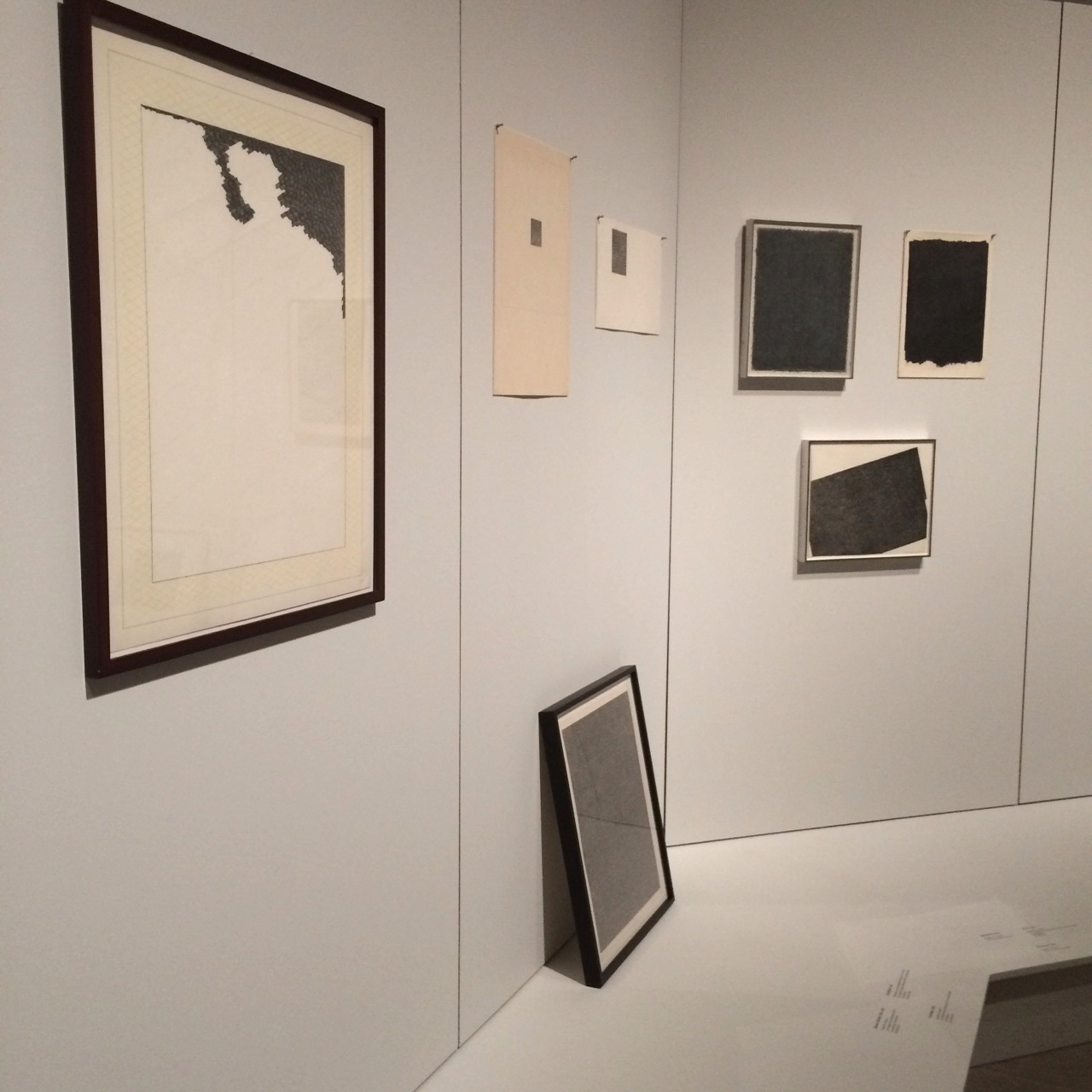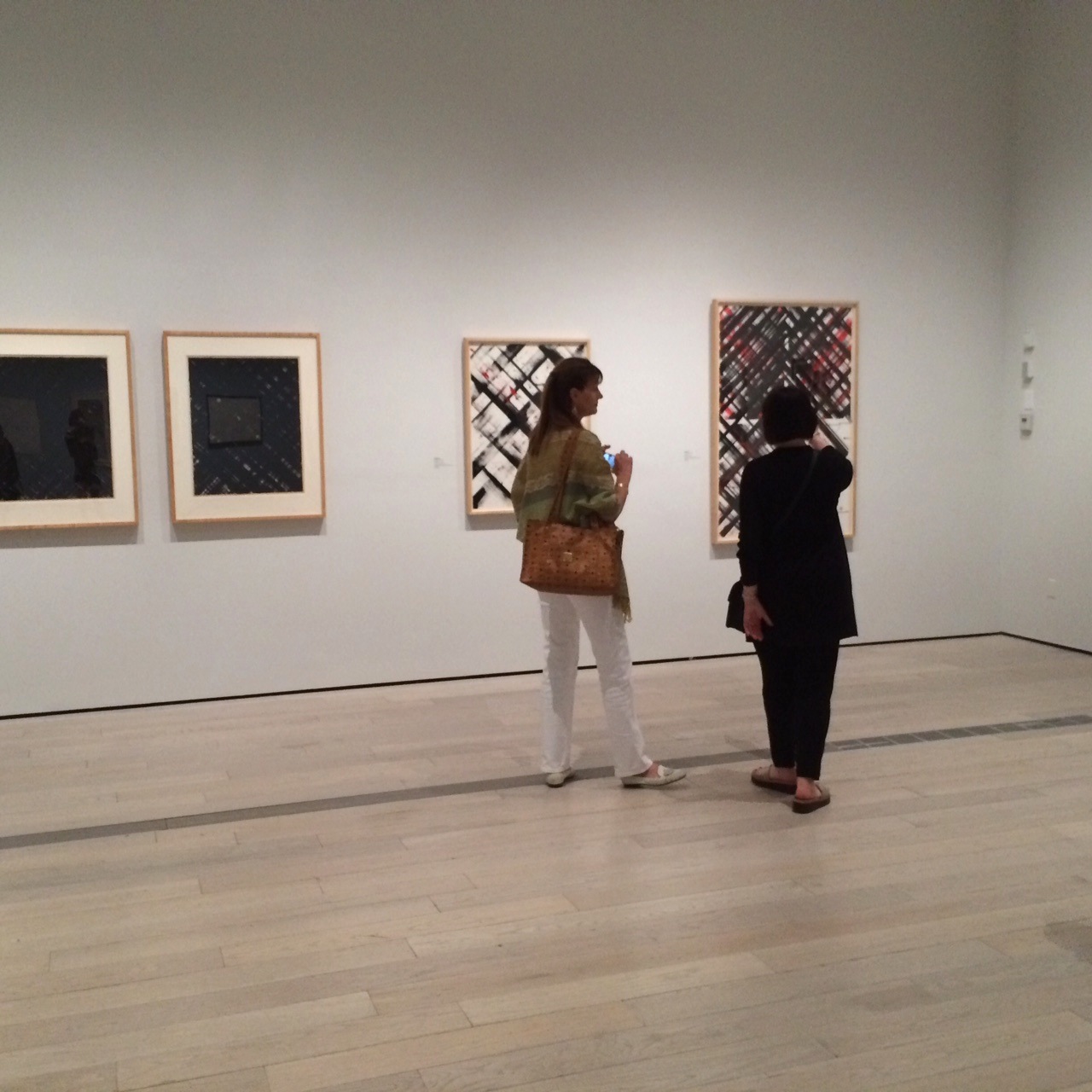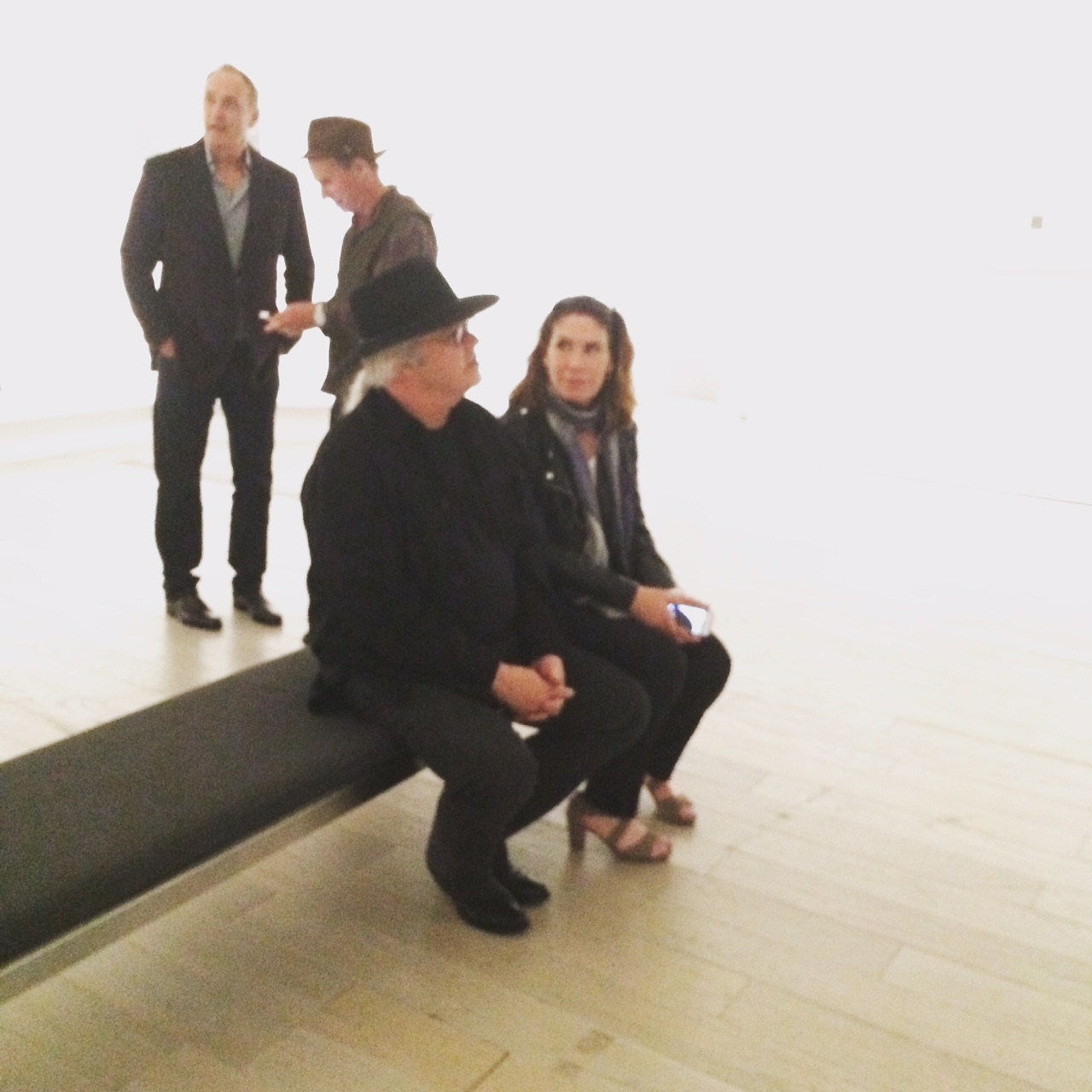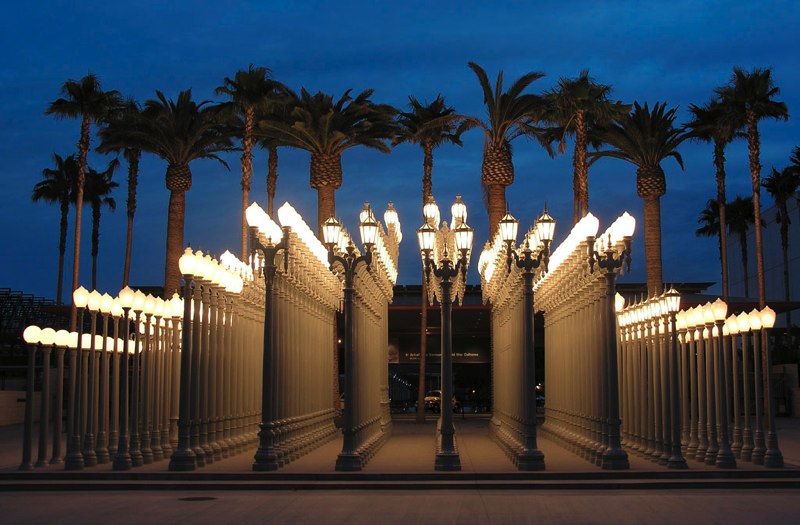Last week, us Lily Spindle ladies were fortunate enough, thanks to the magnificent Lisa Chester Schroeder (read our SHAPERS profile on Lisa right here!), to get an extremely special, private, nitty gritty, anecodote-laden tour of the iconic Eames House and Studio in the Palisades. We began our day in Los Feliz doing a speedy outdoor patio installation, spent the afternoon shopping and eating in West Hollywood (Lawson Fenning and AMMO, respectively), and then drove up the respendent Pacific Coast Highway in the early hours of the evening to meet with Lisa and our wonderful guide, Catherine. Set on a bluff surrounded by eucalyptus trees, Case Study House No. 8 is an ingenious merging of work and life, as well as a brilliant collection of oddities, furniture, textiles, intimate ephemera, art, and books guaranteed to inspire you in unexpected and magical ways.
Among other tales, Catherine shared with us the story of the fragile and fantastic tumbleweed hanging from the ceiling by a string: when Ray and Charles were married in Chicago in 1941, their honeymoon-on-a-major-budget was a road trip to California to start anew. Somewhere in the Southwest, they came across this beautiful tumbleweed and popped it in the back of the car, later hanging it from the ceiling of the Case Study House No. 8, where it has remained and decayed bit by bit over time. Eventually, it will be replaced by another tumbleweed, chosen by the surviving Eames' generations and hung once again in that same place, continuing the tradition.
The Eames House, as photographed by Julius Shulman in 1950. Photo: J. Paul Getty Trust. Julius Shulman Photography Archive, Research Library at the Getty Research Institute
While we were gazing upon the gorgeousness of the home's interior, we discussed the design trends of today, the impatience of our culture, the unfortunate myopia so often present when it comes to architecture and its relation to the natural environment. Deb commented on the books within the case, everything from high literature to "Where the Wild Things Are" and "The Little Prince," and we applauded their freedom in displaying whichever books they happened to love and revere, rather than those intended to intimidate or impress. Catherine laughed and brought us around the backside of the bookcase, where rows upon rows of Charles's softcover science fiction books were arranged. These beloved books were decidedly not given the esteemed placement of "forefront." As all couples do in shared spaces, in order to continue sharing a space, you compromise.
Interior photographs are forbidden during tours, so I'd like to defend myself in announcing this is not in fact my own photograph. Rather, it's one I've borrowed from the internet. The house and studio, including the kitchen and living room's interior furnishings and details, are shown today as they existed upon Ray's death in 1988. Uncanny fact: Ray died exactly ten years to the day following Charles's death.
You can read about the history of the home/studio on the Eames Foundation site, but here's an excerpt: The Eames House, Case Study House #8, was one of roughly two dozen homes built as part of The Case Study House Program. Begun in the mid-1940s and continuing through the early 1960s, the program was spearheaded by John Entenza, the publisher of Arts and Architecture magazine . . . Charles and Ray proposed that the home they designed would be for a married couple working in design and graphic arts, whose children were no longer living at home. They wanted a home that would make no demands for itself, and would serve as a background for, as Charles would say, “life in work” and with nature as a “shock absorber."
Charles and Ray moved into the House on Christmas Eve, 1949, and lived there for the rest of their lives. The interior, its objects and its collections remain very much the way they were in Charles and Ray’s lifetimes. The house they created offered them a space where work, play, life, and nature co-existed.
We cannot recommend a personal visit to the mystical, gorgeous Eames house more vigorously! Take a picnic with you, sit on the grounds, and experience the enchantment and quiet power of this space. I promise you it's life-altering and absolutely worth it.
xx ~ Rebecca
Many, many, many thanks to Lisa for arranging this private tour for us! And huge gratitude to Catherine for spending the last hours of her work week with us and starting our weekend immersed in inspiration and beauty.
There's much about this maxim that galvanizes me - turning your passion into something relevant and meaningful. And it's nearly as good as this other Eames gem: "Any time one or more things are consciously put together in a way that they can accomplish something better than they could have accomplished individually, this is an act of design." Hallelujah!
(sidenote: our visit did inspire a conversation about feminism - its current version, as well as the challenges that Ray no doubt faced as a five-foot-tall woman in a predominantly male world. This is another story, however, for another blog post!)
















